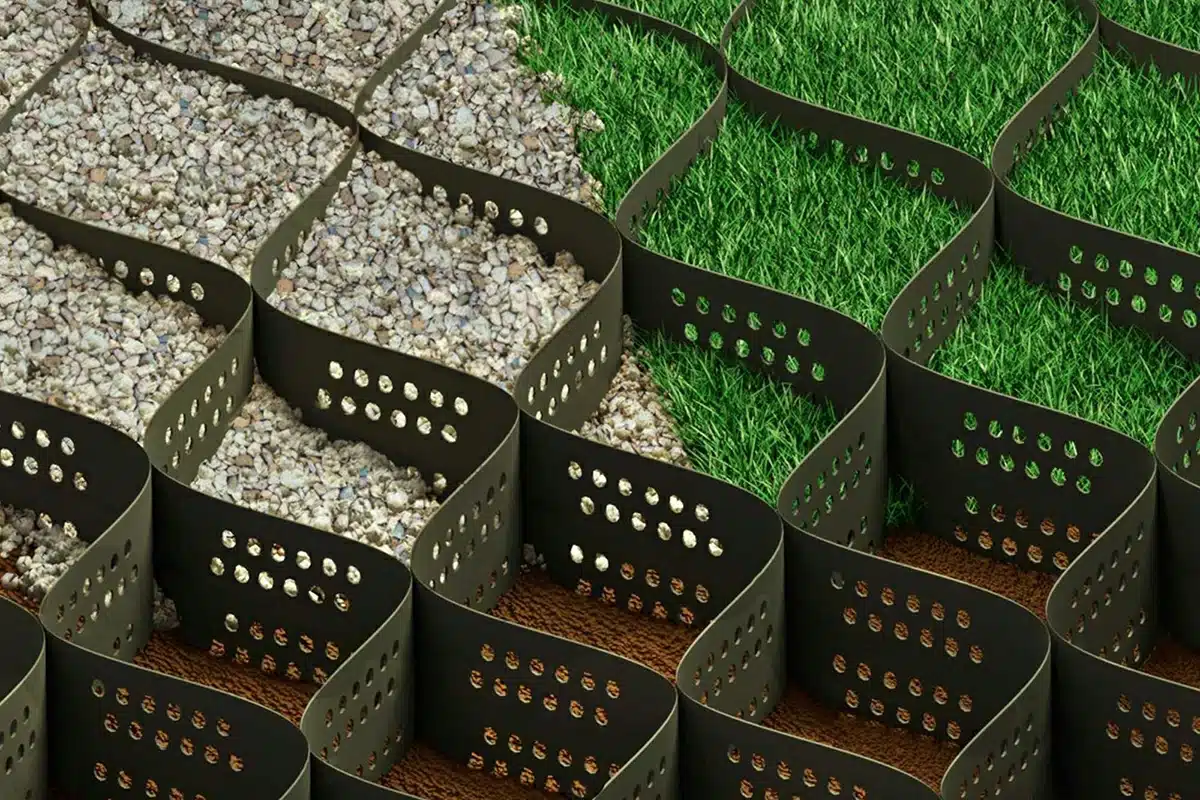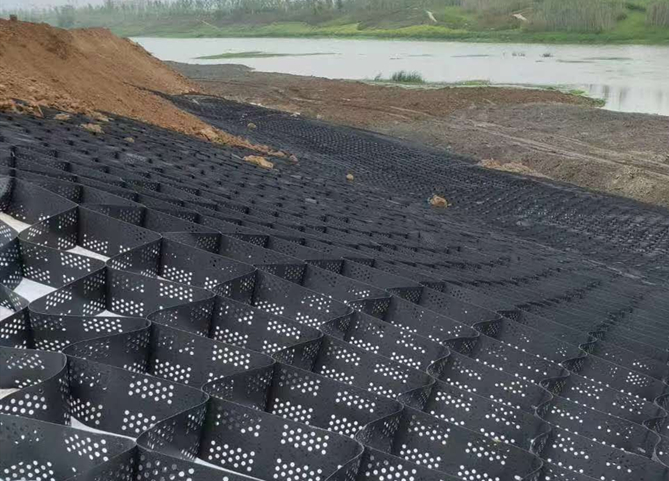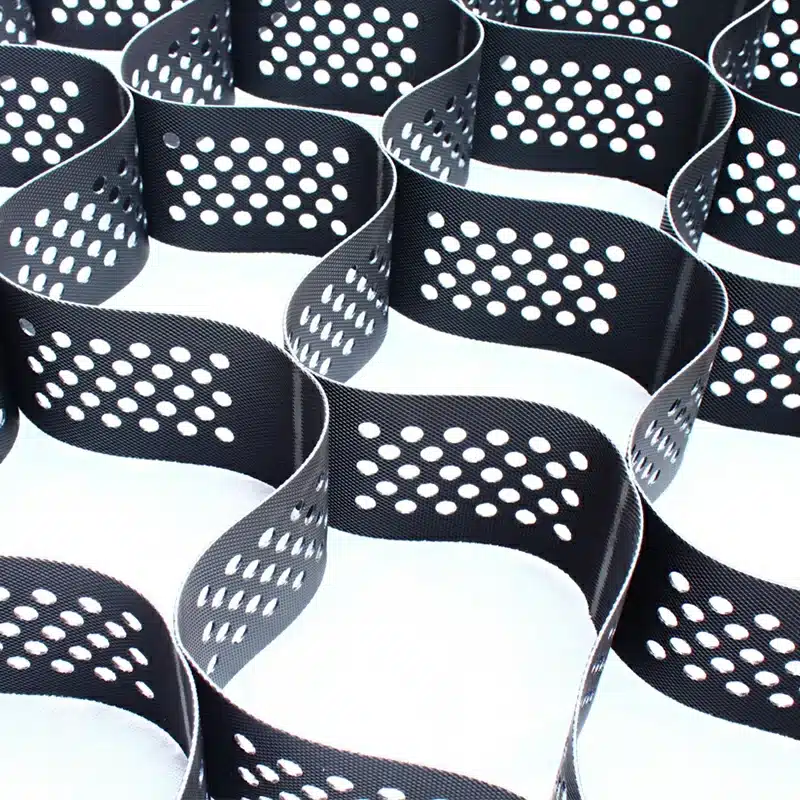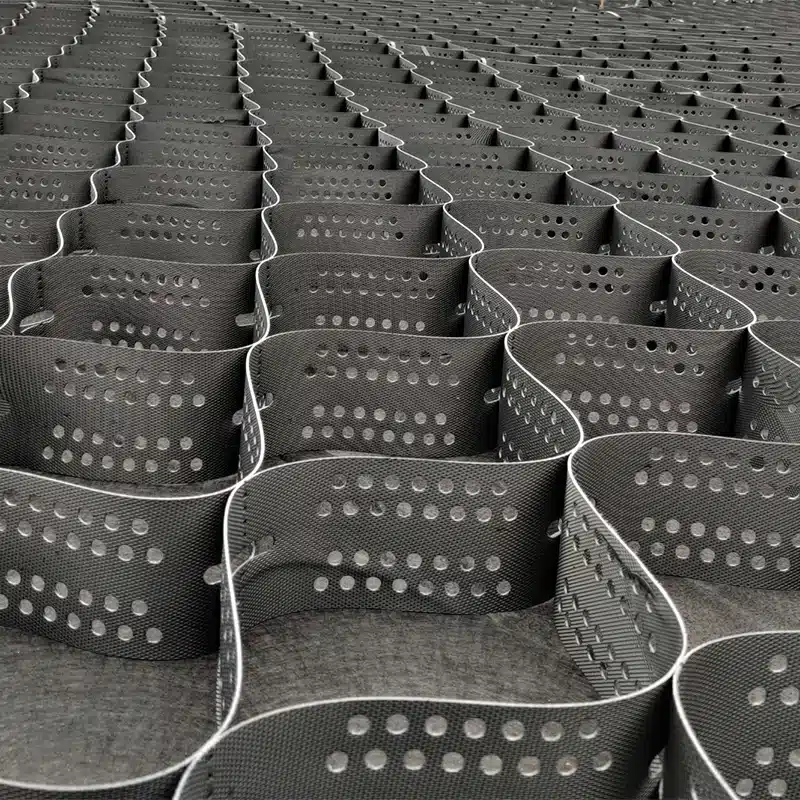+86-159 9860 6917
info@geofantex.com
geofantex@gmail.com
+86-400-8266163-44899
Geocell technology has become an essential solution in modern road construction, providing enhanced stability, improved load distribution, and long-term durability for a wide range of projects. These honeycomb-like structures are designed to reinforce roadbeds, making them ideal for areas with weak soils or heavy traffic. For more details, see Geocell solutions.
What is geocell in road construction?
A geocell is a three-dimensional, honeycomb structure used to stabilize and reinforce soils in road construction. Typically made from HDPE or other durable polymers, geocells are filled with compacted soil, aggregate, or concrete depending on the project.
- Soil Stabilization: Confines fill material to prevent displacement and increase bearing capacity of soft soils.
- Load Distribution: Spreads traffic loads over a wider area, reducing pressure and minimizing rutting.
- Erosion Prevention: Protects underlying soils from erosion caused by water or traffic.
- Durable Roadbeds: Creates long-lasting, stable foundations, even on weak or unstable ground.
See Geocell applications for roadbeds for detailed use cases.

What is the geocell method?
The geocell method is a civil engineering technique for stabilizing and reinforcing weak or loose soils. A geocell is expanded and filled with soil, gravel, or concrete, forming a flexible, load-bearing mat.
Applications:
- Roads and Pavements: Stabilizes weak subgrade soils and reduces excavation needs.
- Slopes and Embankments: Prevents erosion and maintains slope integrity.
- Landfills: Enhances load-bearing capacity and prevents settlement.
- Military and Emergency Roads: Enables rapid construction on unstable ground.
- Retaining Walls: Forms the base of earth-retaining structures.
Advantages:
- Increases load distribution over a larger area.
- Controls surface erosion.
- Reduces fill material usage.
- Cost-effective and faster than traditional stabilization methods.
- Environmentally friendly by minimizing soil excavation and transport.
Learn more about Geocell methods and benefits.

Can you fill the geocell with concrete?
Yes, geocells can be filled with concrete to create strong, durable surfaces suitable for roads, parking lots, retaining walls, and slope protection. The confined structure prevents cracking and shifting while enhancing load distribution. For practical guidance, see Concrete-filled geocell applications.
Geocell technology revolutionizes road construction by improving stability, load distribution, and durability in challenging conditions. Understanding geocells, their method, manufacturing, and concrete-fill potential allows engineers to build stronger, more resilient roads. For additional Geocell road construction insights, visit Geofantex.



Get Free Sample
We’ll respond as soon as possible(within 12 hours)





















